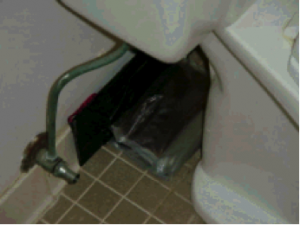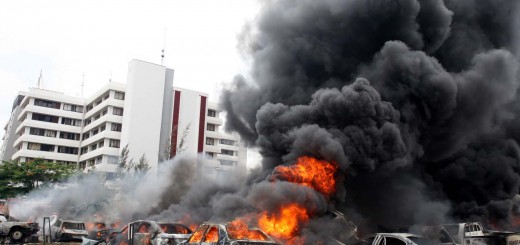Preventing a Terrorist Attack II: Identify Suspicious Activities and Packages
Suspicious activities are key to recognizing threats.
Elicitation is when an unauthorized person tries to get information concerning security measures.
Do not give out security information; information like guard schedules, inspection procedures, or security pass requirements. Report elicitation to security personnel immediately.
Attempts to test security measures indicate that someone wants to defeat or evade them. Report them.
Report individuals using false ID or attempting to gain unauthorized access.
Some clues may include trucks, vans, cars or bicycles parked in strange locations or which are out of place in the surroundings; people abandoning packages; or people photographing transit equipment and facilities
Changes in local conditions, a decrease in normal activities, and repetitious activities can be significant.
Local citizens might hear rumors of violence and may change routines to maintain personal safety.
Repetitive activities, such as drive-by surveillance, can indicate terrorist planning.
Report changes in normal routines: vendors who close shop, local workers who do not show up for work.
A Suspicious Package is an unattended Package that….
• Is left or placed in an out-of-the-way area (under or behind a seat or trash container)
• Is an out-of-place or abandoned container (fire extinguisher, propane canister, Thermos)
• Matches something described in a threat
• Has a threatening message attached
Some visible indicators of a VBIED (Vehicle-Borne Improvised Explosive Device)
Be very cautious of any vehicles that arouse your curiosity. Indicators can include any combination of the following:
- A vehicle parked suspiciously for a prolonged time in a central or strategic location.
- The vehicle or vehicle’s rear appears to be weighted down.
- The vehicle has stolen, non-matching licence plates or no plates at all.
- Wires, bundles, circuit boards, electronic components, unusual liquid containers, devices or materials are visible in the vehicle. Ordnance such as blasting caps, detonation cord, military explosives, commercial explosives, grenades, or artillery is visible.
- Unknown liquids or materials leaking under the vehicle.
- Unusual attachments or bodywork.
- Driver acting or behaving suspiciously
Steps to Take if You See Something Suspicious
“If you see it, say it!” It can be difficult to determine when to report something suspicious. People most familiar with a given environment are in the best position to determine whether or not something is out of the ordinary. Use common sense, and follow these guidelines:
Trust your instincts; if something feels wrong, don’t ignore it.
Do not assume that someone else has already reported it.
Suspicious Packages
Call local authorities.
Be safe!
References:
- FTA Safety and Security Documents, USDOT, website, Security Incident Management for Transit Supervisors Course (.ppt)
-
VEHICLE-BORNE IMPROVISED EXPLOSIVE DEVICES: PLANNING AND RESPONSE
By AUGUST VERNON http://www.fireengineering.com/articles/print/volume-161/issue-9/terrorism-and-the-fire-service/vehicle-borne-improvised-explosive-devices-planning-and-response.html







Recent Comments